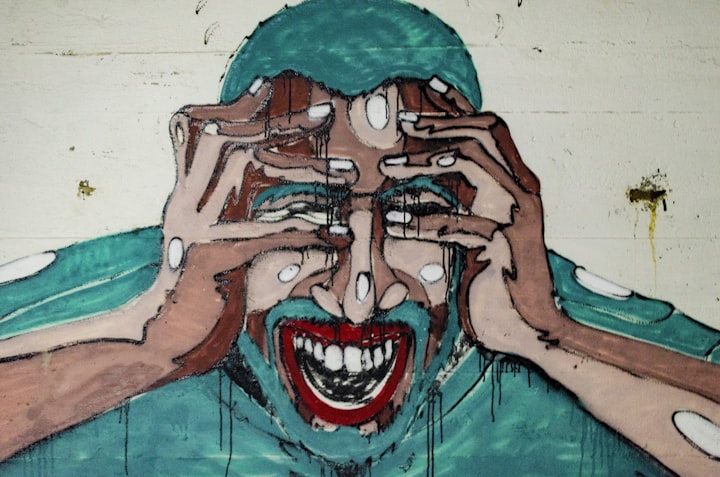How to provide first aid for fever-related illnesses? What measures should be taken to prevent them?
Thermal edema - fluid build-up in the lower legs, enlargement of the feet and ankles

Thermal edema - fluid build-up in the lower legs, enlargement of the feet and ankles
Causes and mechanism of development
Swelling of the legs is more likely to appear at the beginning of the hot season. They are caused by the expansion of peripheral vessels, as well as the retention of fluid and salts under the influence of high temperatures.
First aid
Usually, this kind of edema goes away on its own with acclimatization. They do not require active treatment. Unless the person has kidney disease or heart failure, diuretics are not recommended. They can only increase the dehydration of the body.
Prophylaxis
Avoid drinking plenty of fluids and eating salty foods at the same time. Do not pull your legs with tight socks, give up tight shoes with high heels. Do not sit for a long time with your legs down.
With a tendency to edema with venous insufficiency, heparin gels can be used.
Heat fainting - dizziness with short-term loss of consciousness
Causes and mechanism of development
It usually happens in people with low blood pressure who are hypotensive. But at the beginning of the heat, it can also be observed in hypertensive patients and heart patients, especially those taking diuretics and nitrates for angina pectoris, coronary heart disease and heart failure. The cause of the condition is dehydration of the body, expansion of peripheral vessels and a decrease in venous outflow, which leads to a decrease in cardiac output.
First aid
Moisten a cotton swab with ammonia and gently bring it to the victim's nose. If he really does have a heat faint, it will bring him back to consciousness. However, you should place the person in a cool place and lay them down so that their legs are in an elevated position. This will help increase venous return.
If the problem persists, call an ambulance. It is important to rule out other serious causes of fainting - heart attack and stroke.
Prophylaxis
If the heat is poorly tolerated, it is necessary to follow the weather forecast. On days with abnormal heat, you should not plan any important events, especially outdoors.
Some time before the expected "heat wave", it is necessary to start taking medications that help the body to adapt. In people with cardiovascular diseases, the use of Mildronate, Kudesan, Panangin, as well as light and safe sedatives like Afobazole, has proven itself well. In addition, there is data on the meteorological properties of melatonin, mebikar and eltacin. Herbal adaptogens - Rhodiola rosea and Leuzea safflower - can also give a good effect. However, these "bad weather medicines", like any others, can only be taken after consulting a doctor.
Hea t cramps are painful muscle cramps, most often in the legs, arms, or abdomen. As a rule, they occur as a result of prolonged physical activity and / or at night. Also, seizures can happen when you suddenly immerse yourself in a cool body of water in hot weather.
Causes and mechanism of development
The cause of seizures is dehydration of the body, loss of important trace elements as a result of increased sweating, muscle fatigue and vasospasm from sudden changes in temperature.
First aid
It is necessary to quickly place the victim in a cool place. Warm up his muscles and massage them gently. Ask the person to move vigorously with the clenched arm or leg, even with painful spasms.
Give him a solution that contains healthy salts, such as Rehydron, to drink.
If the seizures persist for more than an hour, seek medical attention.
Prophylaxis
People prone to seizures should take potassium and magnesium supplements, such as panangin, throughout the hot season.
In hot weather, it is also important to avoid sudden immersion in cold water. This can cause not only seizures, but also spasms of the heart vessels up to the development of a heart attack.
Heat exhaustion is a complex reaction of the body to heat, including intense thirst, lightheadedness, weakness, anxiety, dizziness, and headache. Blood pressure drops, pulse is difficult to palpate. The person breathes quickly and shallowly
Causes and mechanism of development
This condition causes accumulated heat stress: abnormal or prolonged heat in combination with high air humidity and lack of oxygen, loss of water and "heart salts", intense physical activity.
First aid
Undress the victim and place in a shady, cool, well-ventilated place. Make a wet wrap or spray your body with water at a temperature of 25-30 degrees. The evaporation of water will help cool the body.
Give the person a solution of Rehydron or Oralit to drink to replenish the loss of important micronutrients. If you have nausea, you need to drink often and little by little, so as not to provoke vomiting.
If the victim cannot drink, his body temperature rises to 39 degrees, the pressure continues to fall and the psyche changes - call an ambulance immediately. The person needs hospitalization.
Prophylaxis
People with coronary heart disease, hypertension, heart failure, diseases of the bronchi and lungs, patients with impaired cerebral circulation, diabetics, people with mental disorders are at risk during the heat. All of these categories require a constant intake of prescribed drugs without the summer "drug vacation". However, the dosage of the funds must be adjusted, since in the heat, many drugs change their properties. In particular, drugs for allergies, depression, insomnia and heart disease.
Remember that even in the absence of chronic ailments, expectant mothers, elderly and single people, allergy sufferers and asthmatics, residents of the upper floors of high-rise buildings and buildings near major highways do not tolerate heat well.
In these cases, in addition to protecting from the heat, it is necessary to reduce the level of air pollution in your home. Do not smoke; avoid using gas appliances and wood-burning stoves, spraying chemical aerosols and grilling as much as possible.
Heatstroke is a serious life-threatening crisis.
It is characterized by an extreme increase in body temperature - up to 40-42 degrees, convulsions, respiratory failure, a sharp drop in pressure.
Causes and mechanism of development
Heatstroke is caused by sudden or prolonged heat stress. The body loses a lot of fluids and substances important for life. Tissues and organs are starved of oxygen and can no longer function normally.
First aid
Call a doctor immediately! Measure the victim's body temperature while awaiting emergency treatment. If it reaches 39-40 degrees, undress him and start taking measures to cool the body. Apply a cold compress to your neck, armpits, and groin. Open windows, provide good airflow in the room. Spray the person with cool water.
Until heatstroke is diagnosed, do not give him any heart medications, especially nitroglycerin and aspirin. In this state, they can do harm instead of benefit.
If the person is unconscious, lay them on their side and keep their airways clear. Then the involuntary retraction of the tongue and sudden vomiting will not lead to respiratory arrest.
Prophylaxis
All people who are sensitive to heat need a gentle lifestyle during this difficult period. Give up exhausting work in the garden and sports feats. Try to work in the shade or in an air-conditioned room. Drink more often plain or non-carbonated mineral water, kvass, dried fruit compote, unsweetened green tea. Take a cool shower throughout the day, and at work wipe your hands, neck, and feet with moist refreshing wipes. Go out in loose-fitting clothes made from natural, light-colored fabrics. Don't forget about the breathable headgear. Avoid overeating, alcohol and especially beware of poisoning. All intestinal infections accelerate dehydration and increase the risk of dangerous complications.






Comments
There are no comments for this story
Be the first to respond and start the conversation.